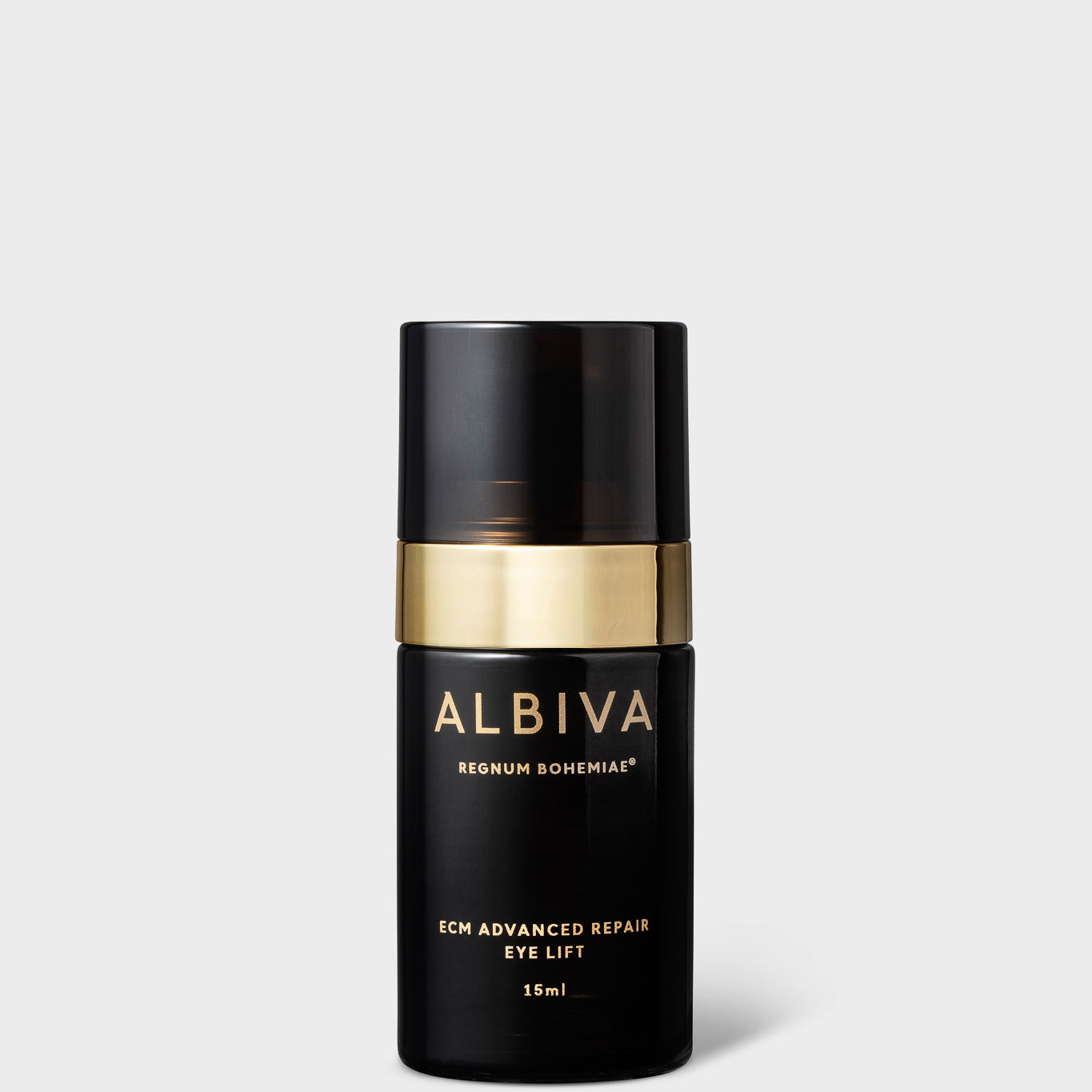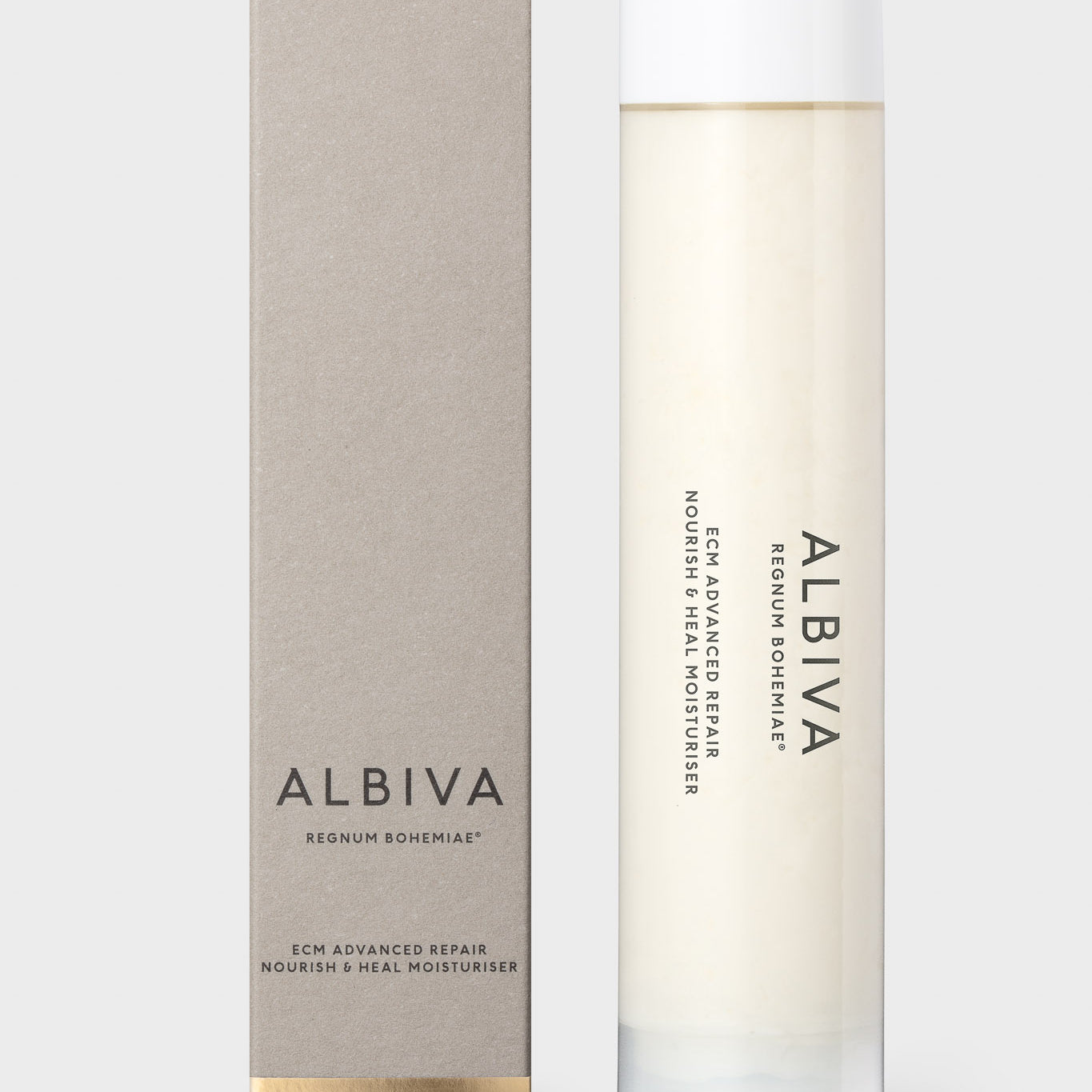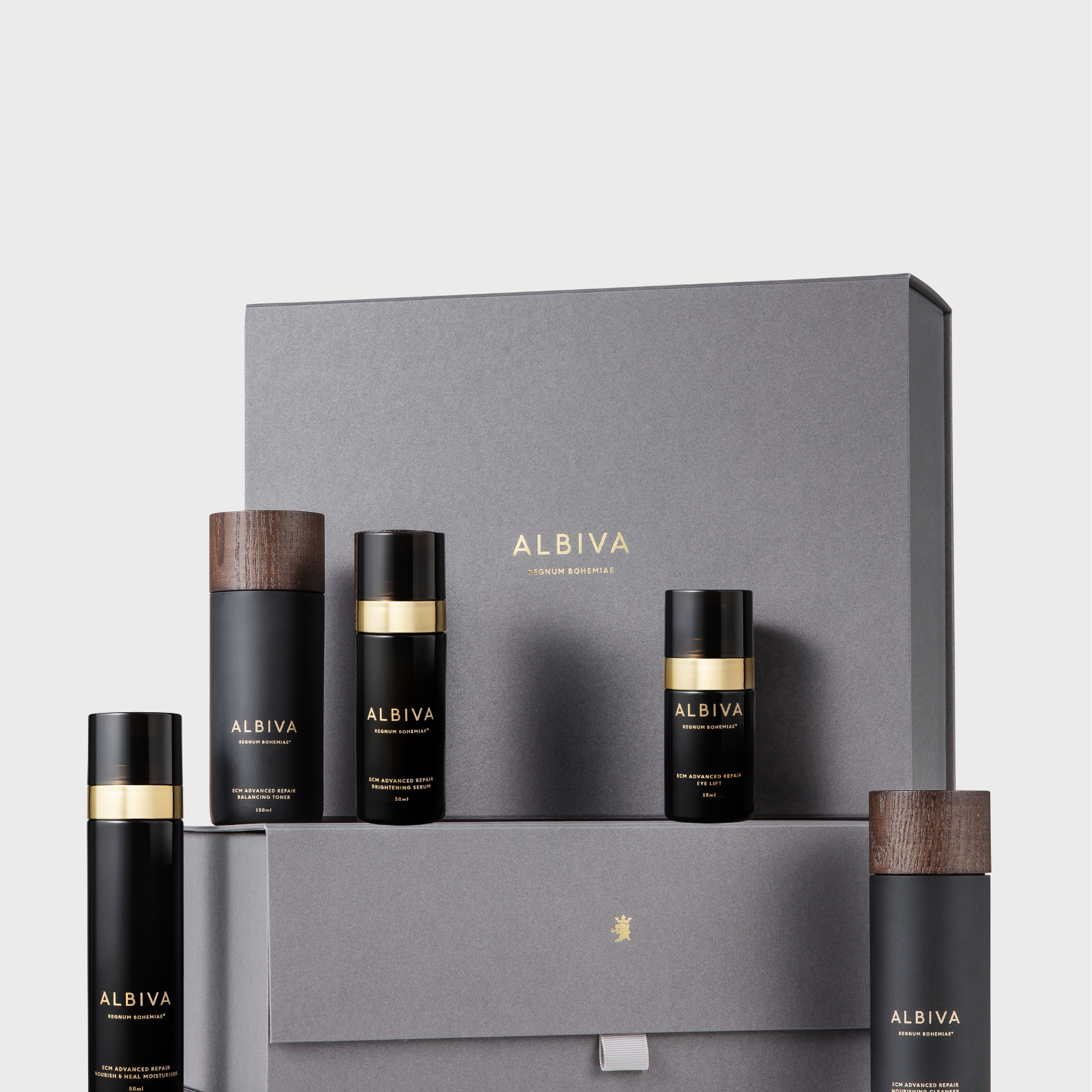Trends Disrupting Fashion.

From the amazing Dior show at the V&A London, through to recent NY Fashion show and the upcoming shows in Milan, Paris and London, fashion has been on everyone’s radar.
What is exciting to see however is the increased focus on sustainability from an industry that has been a massive force in destroying the planet.
We are seeing so much radical innovation in sustainable materials, eg. creating fabrics from plastic bottles, discarded fishing nets, recycled ocean waste, renewable algae and even from food crop leftovers.
New technologies are being developed to capture environmentally-disastrous microfibers, to create self-cleaning clothes and organic detergents are being embraced.
AI and 3D design make made-to-wear clothes possible, reducing over production and waste.
Fashion is currently being disrupted in all directions…
Taking a look at just a handful of many amazing brands putting sustainability at the core of what they do, Patagonia has been making fleece jackets using polyester made out of recycled bottles for 25 years.
Algalife turns algae into fibers and dyes, and the fabrics are also designed to improve and protect skin, as proteins, vitamins and anti-inflammatories are naturally released by algae-immersed fabric.
Vivobarefoot created the Ultra III Bloom running shoes made from algae, sourced from destructive algal blooms in waterways that release toxic chemicals. Each Vivo pair prevents 40 balloons of CO2 from being released into the atmosphere.
MycoTEX is pioneering custom-made clothes fashioned from decomposable mushroom roots.
Agraloop, is making textiles out of food crop leftovers, creating biofibers from things, such as banana and pineapple
Start-up Aday uses recycled plastic to make its futuristic clothes (one jacket is made from 41 reconstituted water bottles). Everlane is launching a line called ReNew made entirely from millions of recycled water bottles; Chilean brand Novedades creates luxury fashion from plastic bags; Rothy shoes are made from 100 percent-recycled bottles; and Spain’s Ecoalf creates clothes and shoes from algae and recycled plastic. Aquafil, transforms ocean waste into sustainable materials such as Econyl.
Slovenia-based Planet Care has created a cartridge filter to capture the destructive fibers shed during washing and drying for use by appliance makers or direct-to-consumer. When washed and dried, our clothes shed half a million tons of microfibers into waterways every year, equal to 50 million plastic bottles.
Clothes will clean themselves in the future – Australia’s RMIT University has created textiles that are infused with nanostructures that can degrade dirt when exposed to any kind of light. Denmark’s Organic Basics has created organic cotton fabrics woven with ultrafine silver threats that have antibacterial and antimicrobial properties, as well as being odour-controlling.
Previously a niche area of the fashion industry, advances in technology have turned the idea that sustainable fashion must be of lower quality, made from less durable materials, or is generally less attractive into an outdated concept.
But the most powerful solutions are low-tech. Rejecting fast fashion, buy less, keep items longer, recycle, reuse or resale, changing our mind-set and taking a hard look at our consumption behaviour can perhaps make the biggest shift yet.
Do you agree? Let us know.
Sources & Inspiration:
https://www.harpersbazaar.com/uk/fashion/fashion-news/a26082611/paris-sustainable-fashion-capital/
Picture source: V&A London





